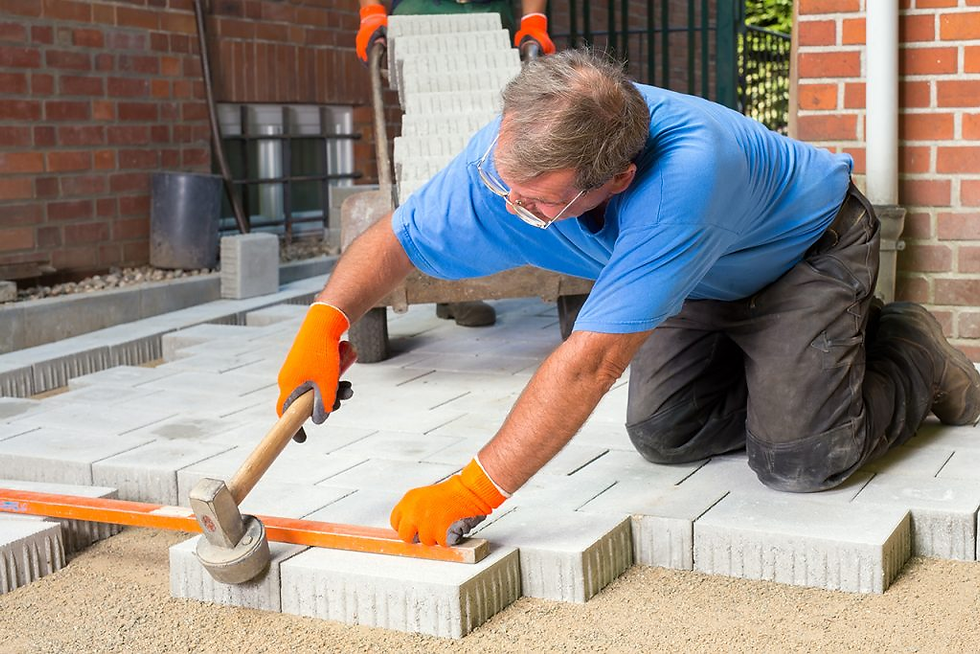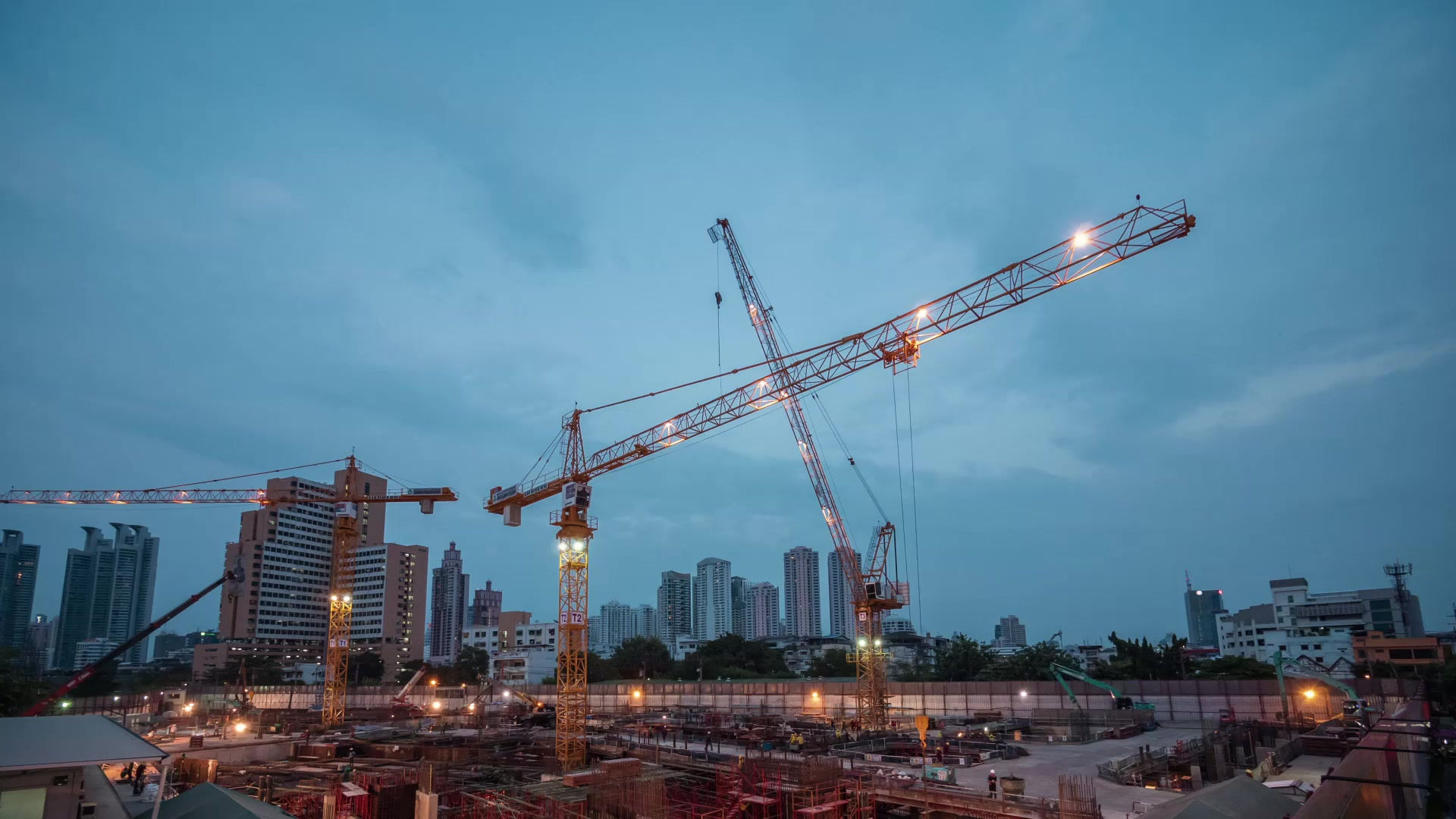Why Does Outdoor Space Matter More Than We Think?
- sherrattgroupltduk
- Jul 11
- 4 min read
We spend so much time thinking about what’s happening inside buildings—workstations, equipment, meeting rooms—that the outside often gets overlooked. But for commercial properties, what’s outdoors can say just as much, if not more. It’s the first thing anyone sees. Whether it’s a delivery driver, a potential client, or your own team walking in, the external area sets a tone before anyone steps inside.
A tidy, secure, and welcoming exterior tells people this space is cared for. That’s where commercial soft landscaping and commercial fencing quietly come into play. They shape not just how a space looks—but how it functions.

What Is Commercial Soft Landscaping, Really?
Soft landscaping is everything in a landscape that isn’t built or paved. In a commercial context, that means green areas like grass, shrubs, trees, planting beds, and even soil conditioning. While it sounds simple, it's a lot more strategic than just placing a few flower pots near the front door.
In workplaces, schools, or healthcare facilities, soft landscaping can help:
Soften hard architectural lines
Improve air quality
Guide foot traffic naturally
Make the property feel more approachable
Offer shade or noise buffering
A business with poor landscaping can feel cold or unfinished. A space with thoughtful planting, even if subtle, feels more human.
Is It Just About Looks, or Is There Function Behind It?
It’s easy to assume that landscaping is only for aesthetics. But in commercial spaces, it plays a functional role. Imagine a sloped site without any greenery—rain runs off quickly, potentially flooding paths or car parks. The right plants can control that. Need to guide people from the car park to reception without putting up dozens of signs? Borders and hedges can do that naturally.
The smartest soft landscaping designs solve more problems than they create. They offer low-maintenance beauty that also contributes to how people use and move through the space.
Where Does Commercial Fencing Fit Into All of This?
When it comes to exterior planning, fencing is usually treated as a box to tick for security. But that’s just scratching the surface. Commercial fencing does far more than just keep people out (or in). It defines boundaries, creates privacy, and can even reduce noise.
In places like schools, storage yards, event venues, and business parks, fencing is critical. It's about protecting assets, but also showing you take your space seriously. The style, material, and height you choose all say something. A flimsy, rusting fence doesn’t just pose a risk—it can make an otherwise neat site look neglected.
Are There Different Types of Commercial Fencing for Different Needs?
Definitely. One type won’t work for every space. Here are a few common options, each used depending on the nature of the site:
Mesh fencing – good for sports grounds or schools
Steel palisade fencing – ideal for high-security areas
Closeboard timber – more natural, great for community or garden spaces
Chain link – flexible and budget-friendly
Acoustic fencing – useful near roads or loud areas
Temporary fencing – perfect for construction or short-term events
Each type brings its own balance of strength, privacy, cost, and visual impact.
Can Fencing and Landscaping Work Together Instead of Separately?
Actually, the two work best when they’re considered side by side. Imagine installing beautiful new greenery around a car park or building, only to box it in with harsh, industrial fencing that doesn't match. On the flip side, a thoughtfully chosen fence—paired with the right planting—can soften the whole space and make it far more inviting.
Think of fencing as the frame and landscaping as the art. The two should speak to each other. Even something as small as climbing plants, hedging alongside fences, or choosing complementary colours can make the space feel intentional instead of random.
How Do These Outdoor Features Impact the People Who Use the Space?
Whether you run a logistics hub or a primary school, people notice how a place feels. A secured and well-kept exterior doesn’t just improve safety; it changes how people interact with the environment. Staff feel more comfortable, visitors more welcome. Even the perception of professionalism can shift based on curb appeal.
There’s also research that supports this—green spaces, even modest ones, are linked to lower stress levels, better focus, and improved morale. A paved lot surrounded by concrete walls might serve its function, but add some greenery and smart fencing, and you have a more thoughtful, people-friendly environment.
Is Long-Term Maintenance Difficult or Expensive?
Not necessarily. The trick is smart design from the start. With commercial soft landscaping, low-maintenance planting schemes using native species can keep costs and effort low. Mulch beds, weed-resistant design, and built-in irrigation are just a few techniques that reduce upkeep.
For fencing, modern materials (like coated steel or treated wood) last years with minimal attention. Good installation goes a long way—if a fence is built properly, it won’t sag, rust, or shift with the seasons.
Final Thoughts: Is It Time to Rethink Your Outdoor Space?
When businesses think about first impressions, it's easy to focus on logos, signage, or interior design. But in truth, the moment someone arrives at your site, they’re already forming opinions—based on the landscape, fencing, and overall care of your exterior.
If your site feels secure, green, and well-maintained, people notice. If it feels neglected, that stands out too.
That’s where experienced teams like Sherratt Group Ltd come in. They understand how to blend commercial fencing and commercial soft landscaping in a way that’s functional, durable, and genuinely improves how people experience the space around them.
Read This Blog: The Importance of Commercial Fencing for Modern Properties





Comments